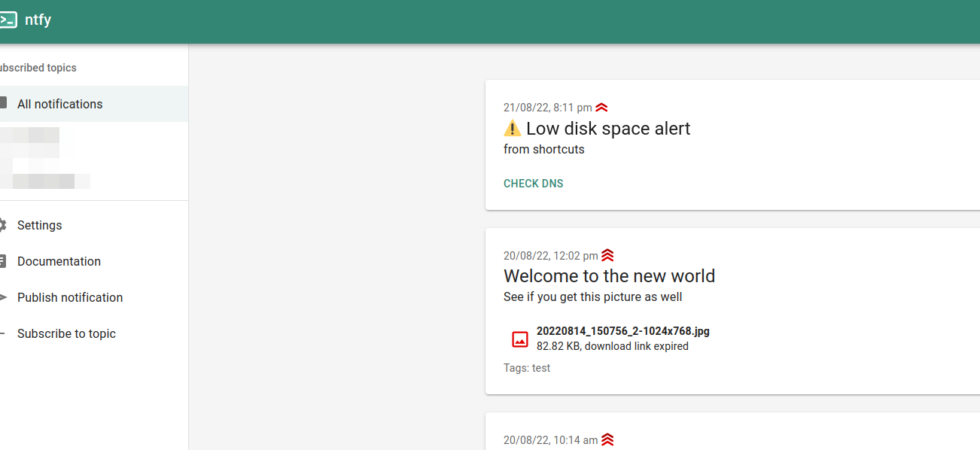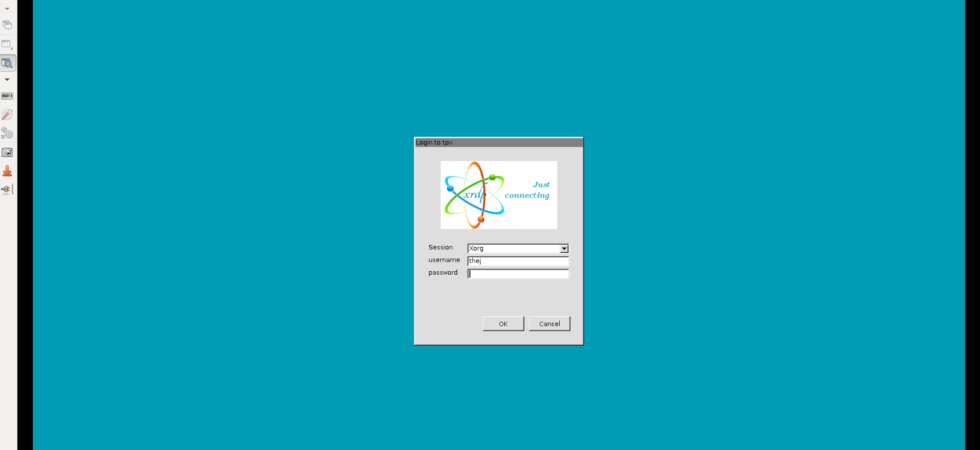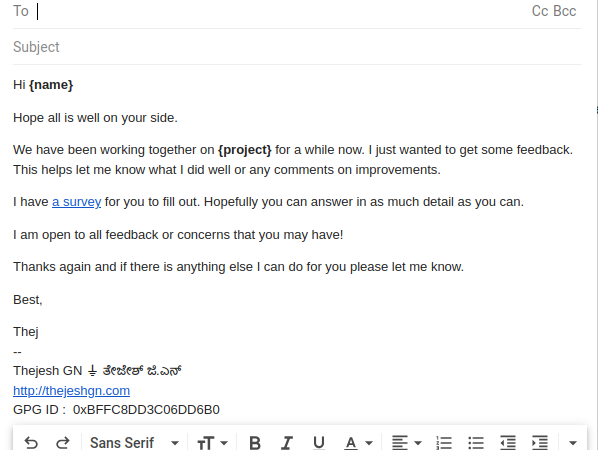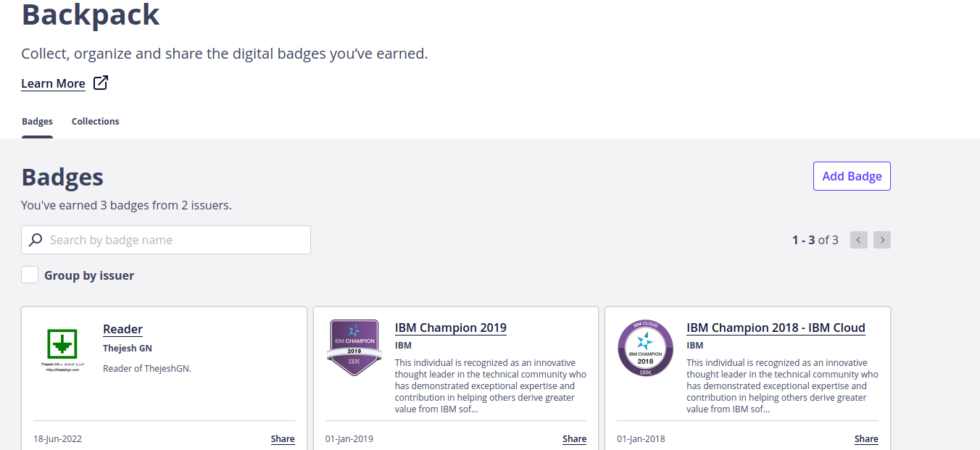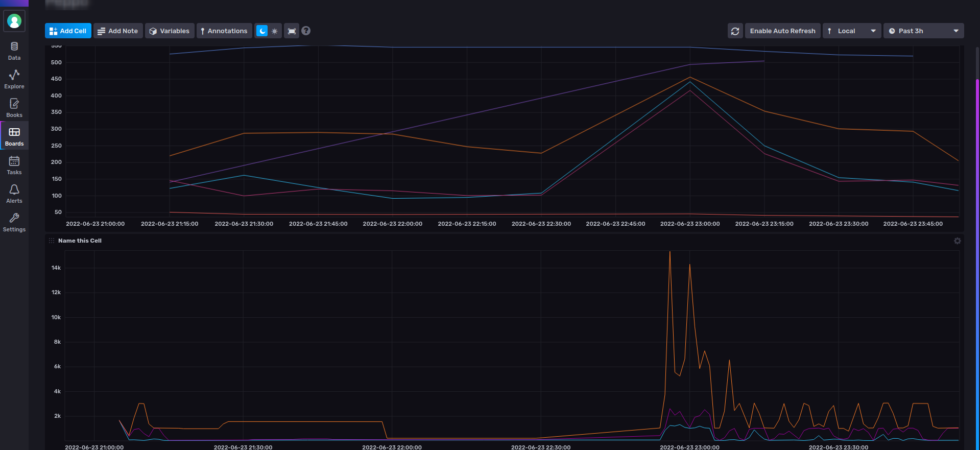Self hosted Mobile Push Notifications using NTFY
I am slowly moving to LineageOS on my personal phone. The most important features I use on that phone are Email, Messaging, Mapping, and Alerts. I have found decent alternatives for Email, Messaging, and Mapping. Alerts or Notifications are something I depend on a lot; currently, they are Google or Apple features. I could settle down for pulls (I get a few alerts by way of RSS feeds), but push would be great. Especially for alerts from my home or servers. Hence was looking for it. NTFY suited my needs from all angles. Therefore I took some time to deploy it.
